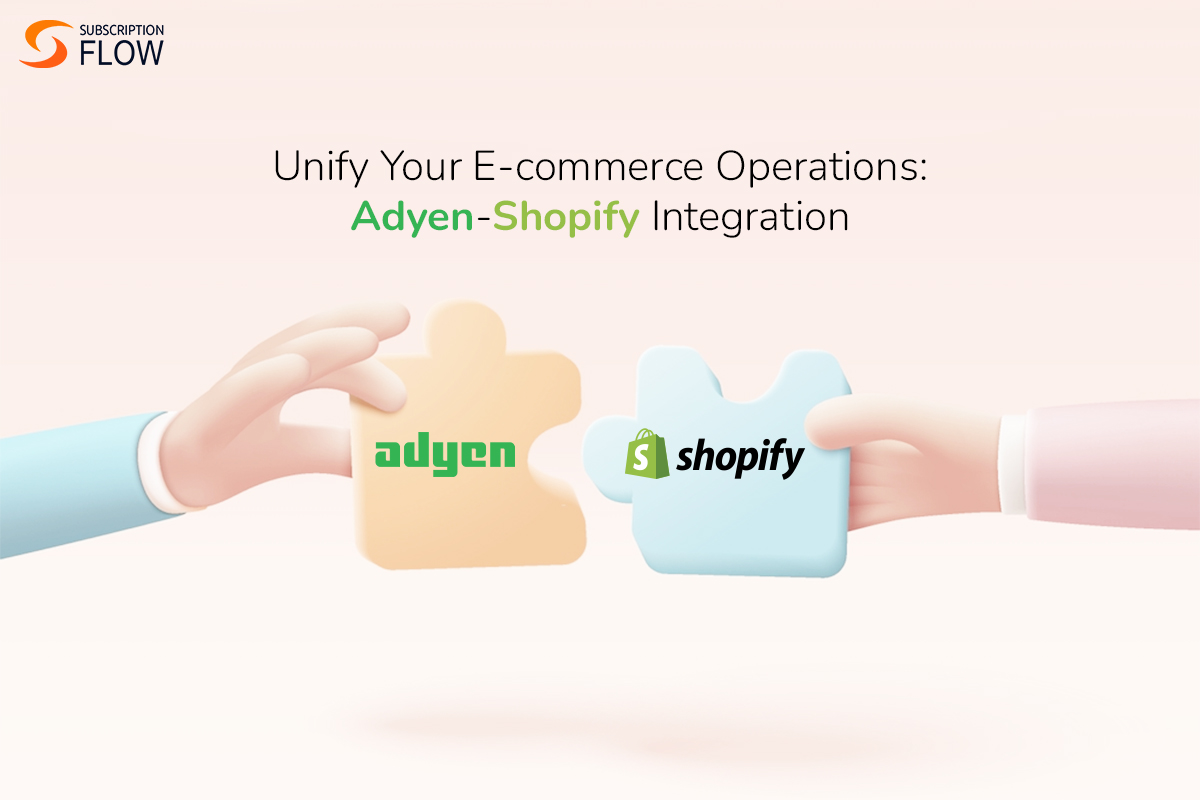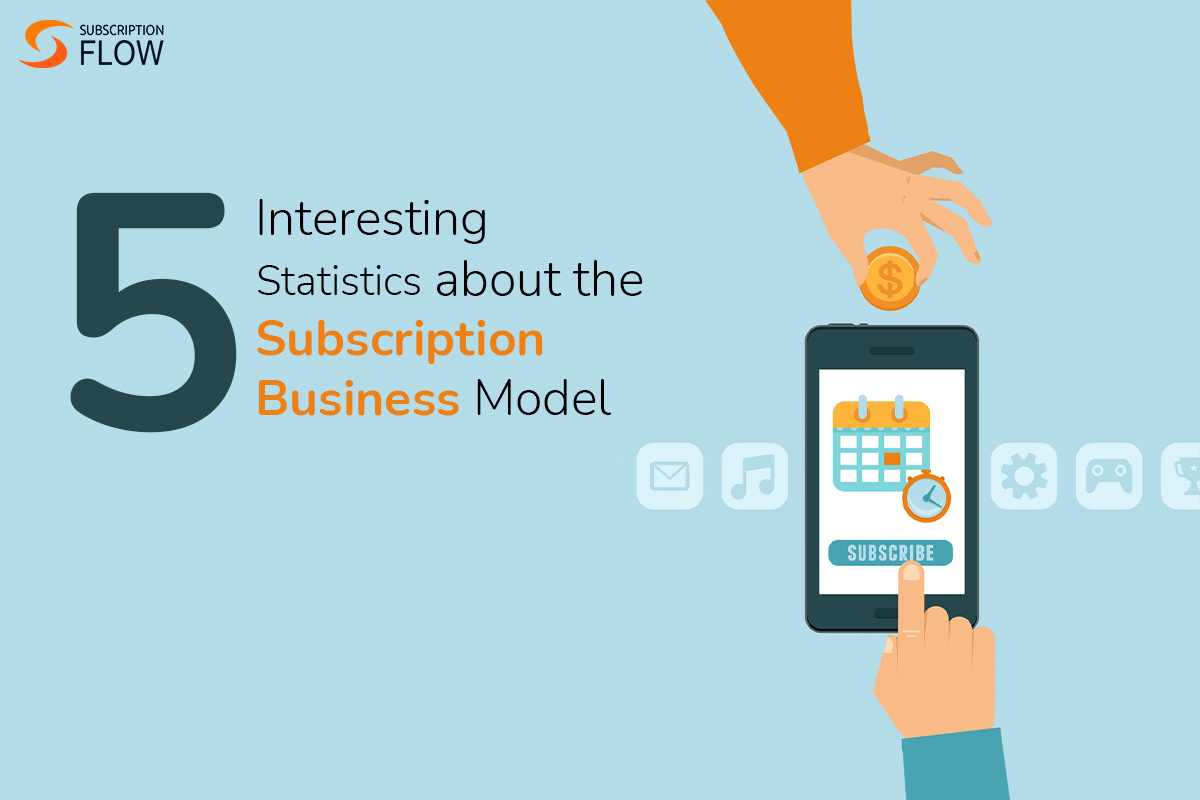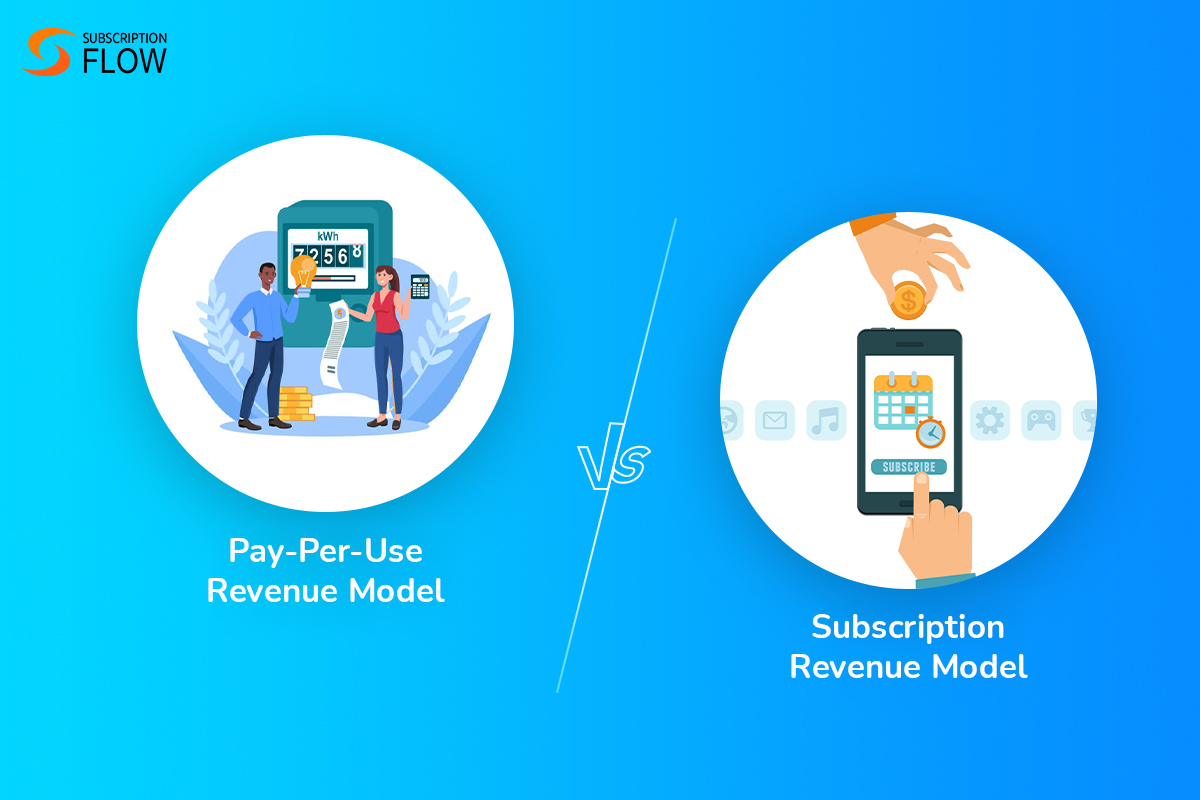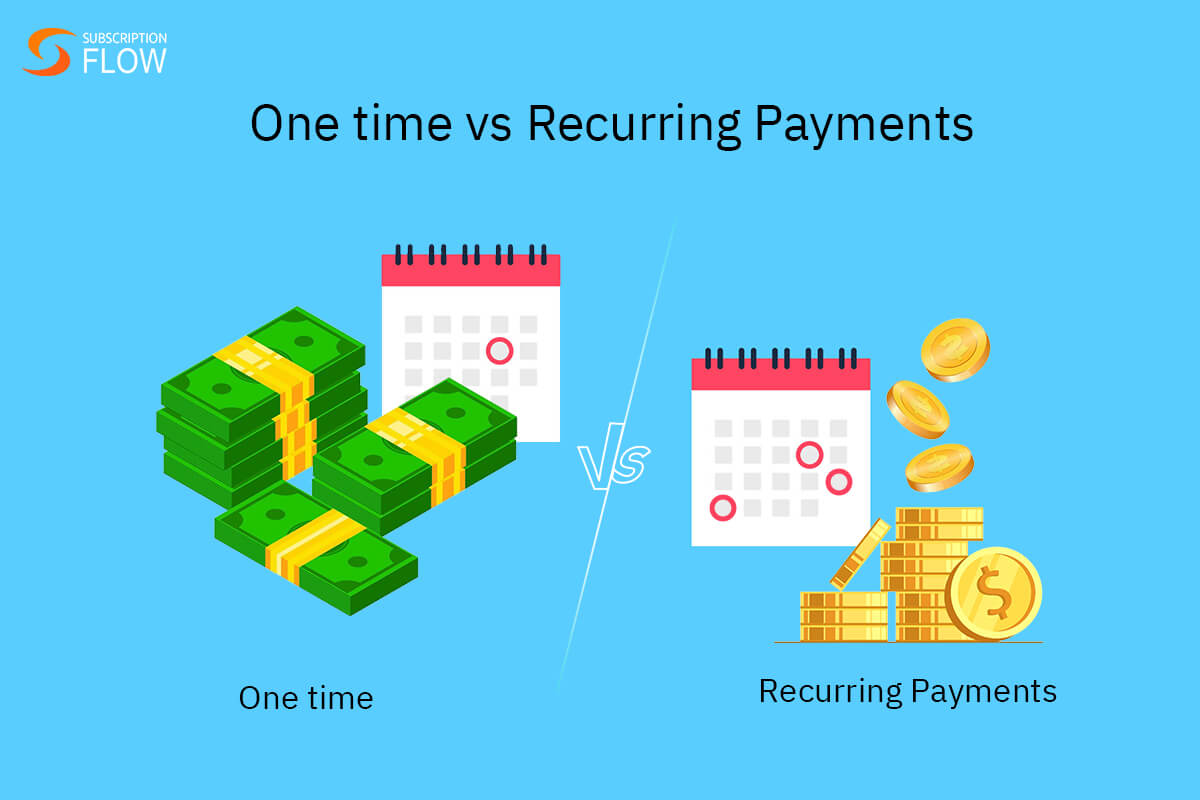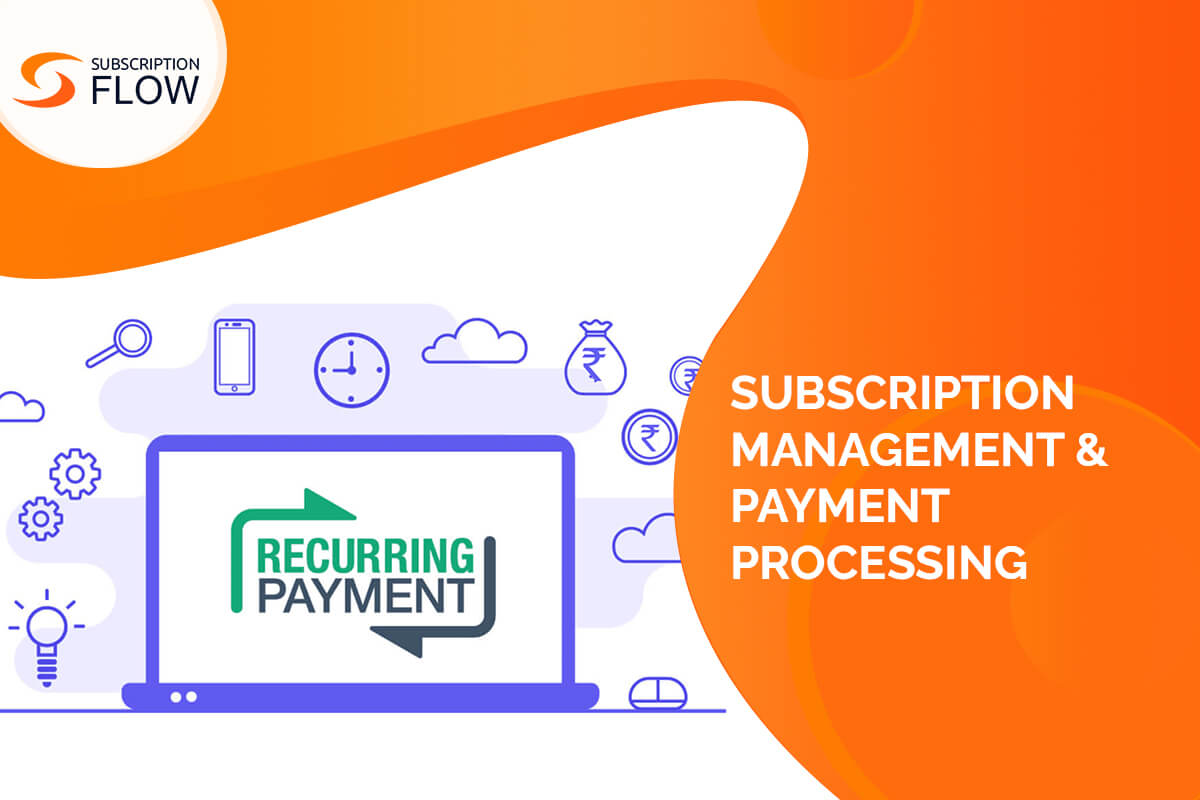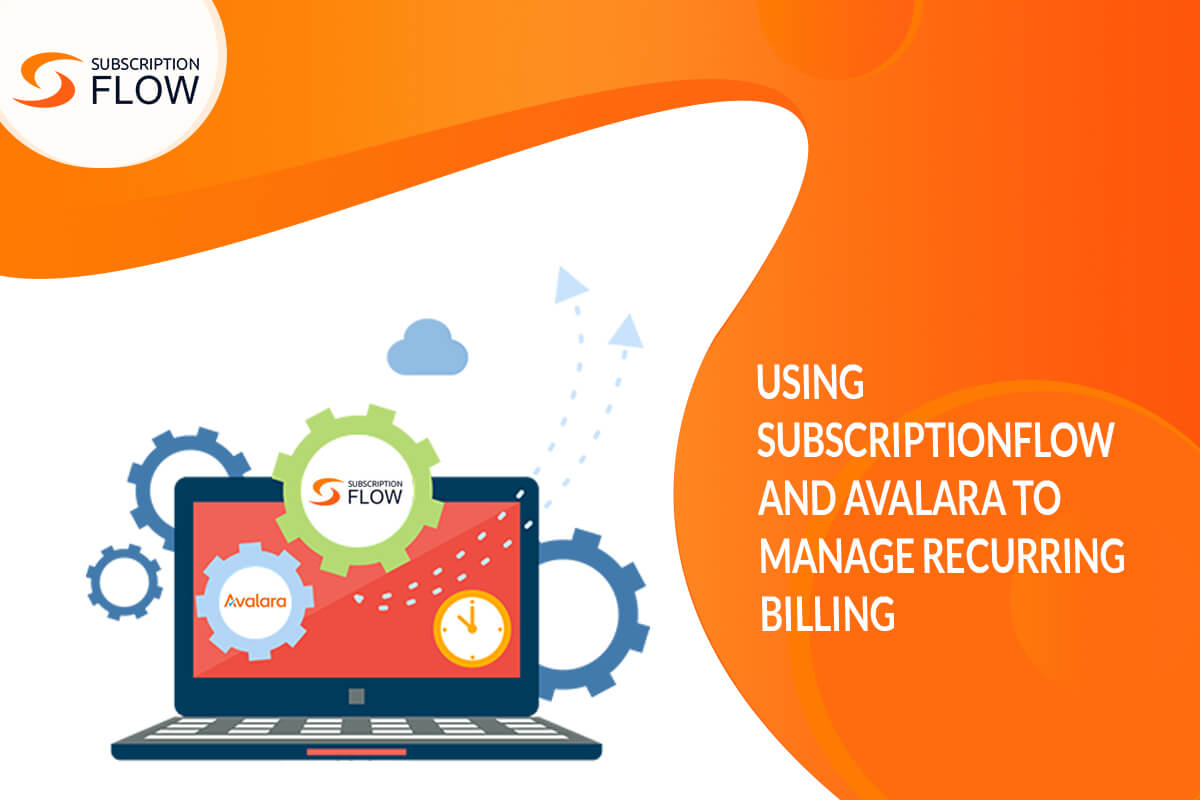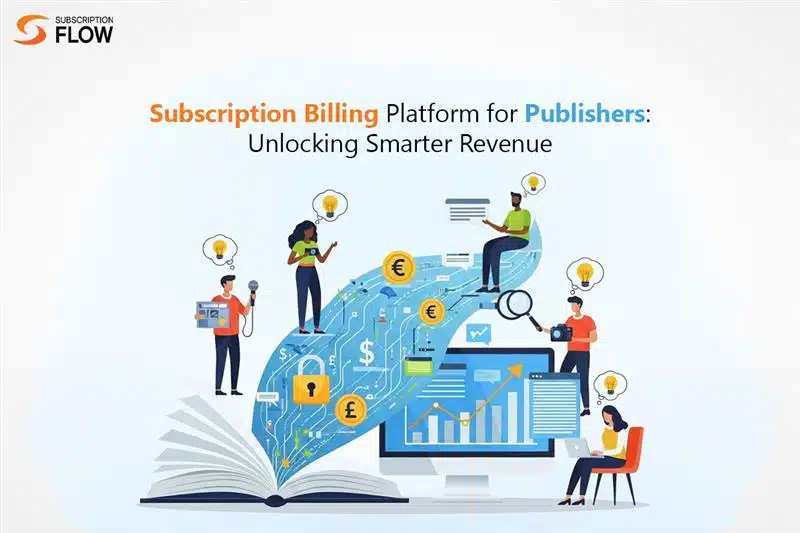
Subscription Billing Platform for Publishers: Smarter Content-Based Revenue Generation
Today, when the subscription economy is booming, publication companies are finding more effective ways of monetizing their content. Since reader habits are evolving and ads can’t be relied upon as the sole revenue source, publishers need to achieve two goals with a single solution: keeping readers engaged and revenue flowing in.
The subscription model becomes that solution for them. By letting readers subscribe, they can secure their commitment, and drive revenue from it. But subscriptions can only be as strong as the billing engine behind them. Payments that are full of friction and require extra effort become reasons for cancellation, not growth.
This calls for an effective billing strategy that can only be implemented with a smart billing platform in place. Read on to find out how this software solves your pain-points.
Why Publishers Need Subscription Billing?
There are three major reasons for this. The first one is the rise of the subscription model itself. Successful publishers have already shifted to this model as it is defining how consumers choose to pay today. Subscriptions have made their way into almost every industry by now. Groceries, healthcare kits, educational services, and hundreds of other services—all have adopted the subscription model. So, it’s high time for more publishers to enter this space as well.
The second reason why publishers need subscription billing is that they can’t rely on ad-revenue any longer. Ad-revenue is the result of sponsored content. It is highly inconsistent, and difficult to grow. Moreover, ads on content platforms such as digital magazine platforms damage the reader experience.
And thirdly, subscription billing is needed because publishers need to manage the payments of hundreds and thousands of readers at the same time. The bigger a subscriber-base, the more challenging its recurring payment management. It’s nearly impossible to handle high-volume billing without dedicated software. That is because:
Publisher Billing is Full of Challenges
Without dedicated software to guide you through the maze of recurring payments, it’s easier to run into these pain points:
Failed payments, high churn, lost revenue
Publication companies suffering from frequent failed payments may be losing more revenue due to that than they think. Failed payments are silent churn promoters. If a reader doesn’t realize that their payments are failing, and the company doesn’t notice it either, that can ultimately lead to subscription termination.
And even when companies learn about the failures, there isn’t much they can do about that manually. The only thing they can do is to manually reach out to the customer and remind them of their due payment. But if the readers are also unresponsive, and the payment also has to be made manually, the chances of recovering it are slim.
Difficulty in handling subscription tiers and bundles
Whether its monthly or yearly plans, basic or premium tiers, or physical or digital magazine bundles, managing multiple level of entitlements can be tricky. Subscription payments also have to be segmented based on the plan type. And businesses need to monitor if their customers are paying the right amounts for their plans. Plus, they have to categorize payments under the right channels as well for accurate revenue documentation.
Complications with international subscribers
There are three key factors publishers need to incorporate when it comes to onboarding international subscribers. Firstly, they need to create invoices in their readers’ local currencies. Otherwise, charges can become complicated and even unfair for them. Secondly, they need to comply with the tax regulations of the countries they want to sell in.
And thirdly, they need to ensure that they give localized billing experiences to international readers. For that, they need to partner with gateways popular with the locals, and offer payment methods preferred by them.
Manual invoicing, slower payments
Creating invoices by hand is a slow and grinding task. Just one mistake can lead to mistrust and erode company image. Not only is the risk of error high, but the invoicing process itself is painfully slow too. This practice can’t keep up with subscriber growth, and eventually, the subscriber base may outgrow manual invoicing entirely.
Subscription Billing Platform is the Way Forward
Subscription billing software is the only way forward for combatting the above-mentioned pain points. This software:
- Automates your entire billing operations
Investing in a capable billing solution pays off through automated workflows. The software zeroes out the need for manual data input, invoice creation, payment processing and renewal. Everything is carried out automatically, and your billing cycles keep on working smoothly without you having to lift a single finger.
- Supports multiple pricing models
Companies can set up subscription tiers with different price points, and manage all tiers with ease and automation. They get to have cleaner product catalogues, and clear payments as each invoice automatically specifies the plan it is associated with. So manual tracking isn’t needed.
- Makes global reach easier
Managing tax compliance and generating multi-currency bills is the forte of advanced billing software. With this software, global expansion doesn’t seem as daunting. Companies can benefit from automatic tax calculations, precise tax splits on invoices, localized bills for various customer segments, and more.
- Provides valuable performance insights
Businesses get total visibility into their subscription cycles. The software consolidates all their data in one place and ensures they don’t miss a beat in terms of user operations. Thus, publishers can monitor their revenue received, revenue earned, total payment cycles, renewal and churn rate, acquisition rate, reader behavior and so forth for an end-to-end performance review.
- Reduces billing friction
No manual workflows means no waiting period for customers needing to upgrade or downgrade their entitlements. The billing software makes plan changes instant, and updates users’ entitlements in real-time. So, readers can readily access the new plan they paid for.
How SubscriptionFlow Assists You
SubscriptionFlow’s billing capabilities are fully customizable to fit the needs of publishers across every niche. From magazines to e-newspapers, to digital books and academic journal platforms, the software delivers powerful payment solutions that make revenue growth seamless, and revenue operations more manageable. Your get to benefit from features like:
- Failed payment retries
No more frustrating payment failures! SubscriptionFlow lets you combat them actively. And automatic payment retries are your weapon for that. SubscriptionFlow’s retry schedules for are AI-based to accelerate revenue recovery and avoid further failure.
- Digital + print bundles
Publishers are empowered to create hybrid content bundles, such and digital + print magazines. These bundles may be discounted, and may contain fixed and variable item options. SubscriptionFlow manages such hybrid entitlements expertly, activating digital access immediately for readers, and simplifying physical order fulfillment.
- Smart paywalls
Need to enhance user engagement, and upgrade your acquisition strategy? A paywall might be the fix you need. Publishers can set up dynamic paywalls that target users at their highest engagement points, and personalize each reader’s acquisition journey. So conversion feels more natural and sign up seems less disruptive or forced.
- Gift subscriptions
You can offer both regular and gift subscriptions side by side. SubscriptionFlow offers special gift subscription features that stay true to the spirit of gifting. Users can conveniently buy these subscriptions, customize their duration, personalize them for recipient, activate them at will, and pay for them smoothly as the recipient enjoys their services without friction.
Transform your content into a thriving revenue stream. Manage payments, billing cycles, multiple plan types and more with SubscriptionFlow.


